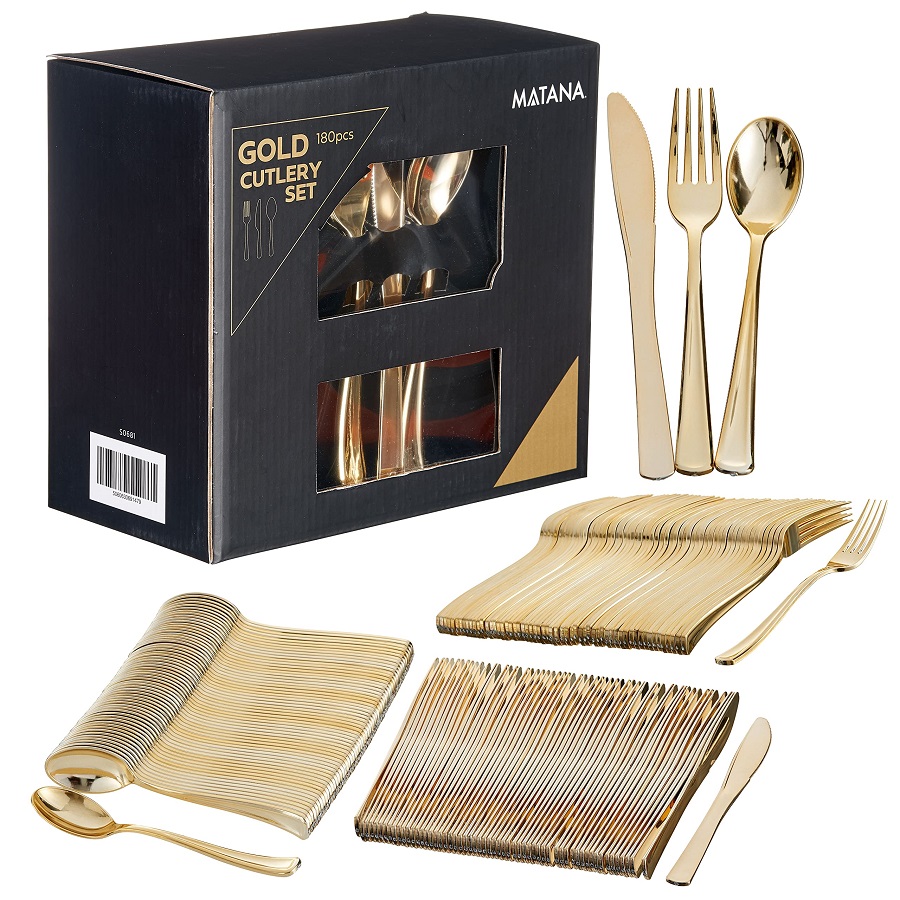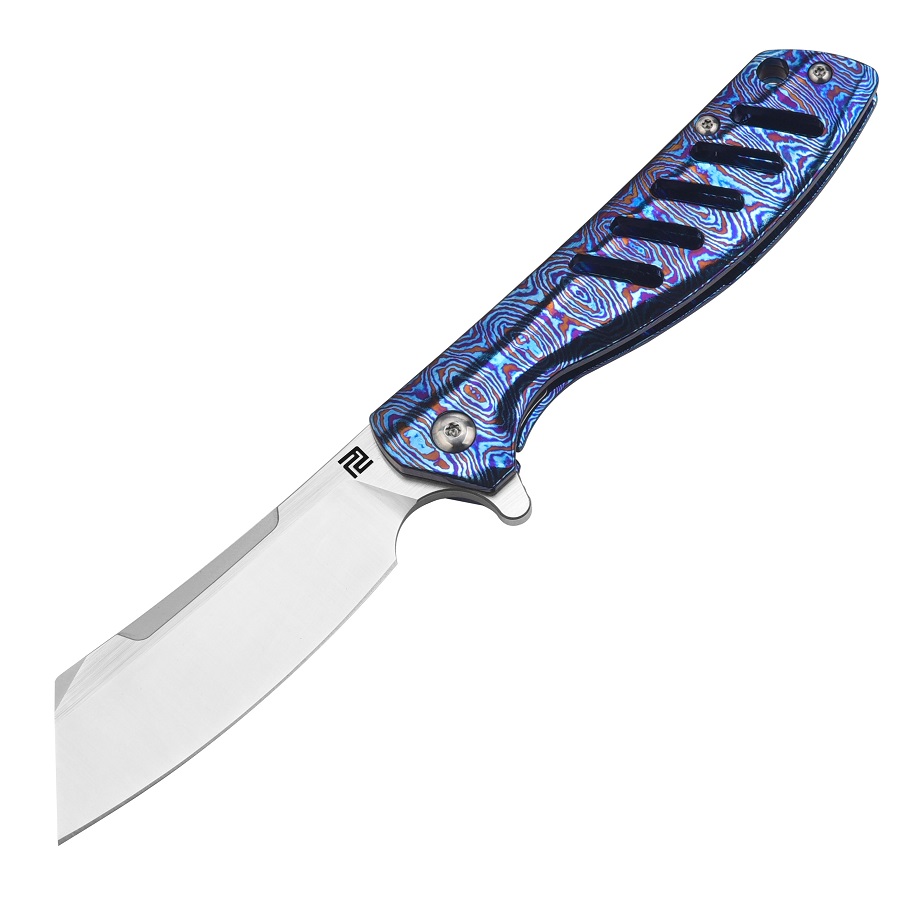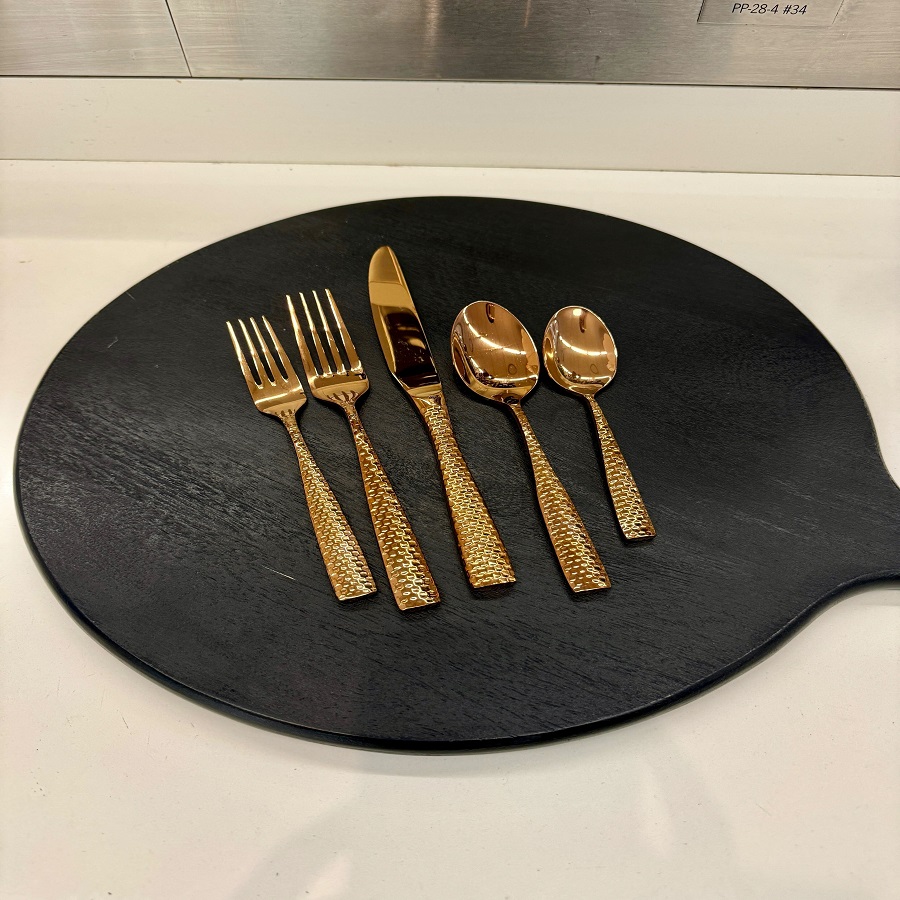 Introduction:
Introduction:
Stainless steel kitchen sinks are a popular choice for their durability, versatility, and timeless appeal. With a wide variety of options available on the market, choosing the best stainless steel kitchen sink can be a daunting task. In this comprehensive guide, we will explore the key features and considerations when selecting a stainless steel sink for your kitchen. From gauge thickness and sink styles to soundproofing and maintenance, this guide will help you make an informed decision and find the best stainless steel kitchen sink that suits your needs.
Gauge Thickness
Understanding Gauge Thickness:
Gauge thickness refers to the thickness of the stainless steel used to construct the sink.
The lower the gauge number, the thicker and more durable the stainless steel material.
Optimal Gauge Thickness:
For kitchen sinks, a gauge thickness ranging from 16 to 18 is recommended.
This thickness strikes a balance between durability and cost-effectiveness.
 Sink Styles and Configurations
Sink Styles and Configurations
Single Bowl Sinks:
Single bowl sinks offer a spacious basin for washing larger items and provide a clean and minimalist look.
They are ideal for smaller kitchens or for those who prefer simplicity in design.
Double Bowl Sinks:
Double bowl sinks provide separate areas for washing and rinsing dishes, making them convenient for multitasking.
They are suitable for larger kitchens and households with heavy dishwashing needs.
Farmhouse or Apron Front Sinks:
Farmhouse sinks have a unique front panel that extends past the countertop, adding a rustic and elegant touch to the kitchen.
They are deeper and wider, making them highly functional for larger pots and pans.
Noise Reduction and Insulation
Soundproofing Technology:
Look for sinks with built-in soundproofing features, such as rubber pads or undercoating.
These features reduce noise and vibrations caused by water flow and dishwashing.
3.2 Insulation Coating:
Some stainless steel sinks come with an insulation coating, such as a spray-on sound dampening material.
This coating further helps minimize noise, ensuring a quieter kitchen environment.
 Here are some considerations for matching stainless steel sinks with faucets:
Here are some considerations for matching stainless steel sinks with faucets:
Stainless steel kitchen sinks and faucets can be effectively paired together to create a cohesive and functional kitchen design. Here are some considerations for matching stainless steel sinks with faucets:
Finish Matching:
The easiest way to ensure a harmonious look is to choose a faucet finish that matches or complements the stainless steel sink. Most stainless steel sinks have a brushed or satin finish, so consider selecting a faucet with a similar brushed or stainless steel finish for a cohesive appearance.
Style and Design:
Consider the overall style and design of your kitchen when selecting a faucet for your stainless steel sink. There are various faucet designs available, such as traditional, modern, or transitional styles. Choose a faucet that complements the aesthetic of your sink and the overall kitchen decor.
Single or Double Handle:
Decide whether you prefer a single-handle or double-handle faucet. Single-handle faucets offer convenience and ease of use, while double-handle faucets provide separate controls for hot and cold water. Both options are available in stainless steel finishes to match your sink.
Functionality:
Consider the functionality and features you desire in a faucet. For example, some faucets offer pull-out or pull-down sprayers for added versatility, while others have different spray patterns or water-saving options. Choose the features that best suit your needs and work well with your stainless steel sink.
Height and Reach:
Ensure that the faucet’s height and reach are suitable for your sink and the size of the space. A taller faucet may be necessary for a deep or double-bowl sink, while a smaller sink may require a shorter faucet. Make sure the faucet’s spout can comfortably reach all areas of the sink.
Quality and Durability:
Select faucets from reputable brands known for their quality and durability. Stainless steel sinks are highly durable, and choosing a high-quality faucet ensures its longevity, resistance to tarnishing or rusting, and ease of maintenance.
Installation Compatibility:
Consider the installation requirements and compatibility between the sink and faucet. Ensure that the faucet you choose is suitable for the sink’s mounting style and configuration, whether it be top-mount or under-mount.
By considering the finish, style, functionality, and compatibility, you can pair your stainless steel kitchen sink with a faucet that enhances its aesthetics and functionality, creating a cohesive and visually appealing kitchen space.Maintenance and Durability
Anti-Scratch and Stain Resistance:
Opt for sinks with a brushed or satin finish as they are more resistant to scratches and stains.
These finishes are easy to clean and maintain, retaining the sink’s original appearance.
Rust and Corrosion Resistance:
Stainless steel sinks are naturally rust and corrosion-resistant.
Choose sinks made from high-quality stainless steel to ensure maximum durability and longevity.
Cleaning and Maintenance:
Regular cleaning with mild soap and water and the use of non-abrasive cleaning agents will help maintain the sink’s shine.
Avoid using steel wool or harsh scrubbers that can scratch the surface.
 Here are some current trends in stainless steel kitchen sinks:
Here are some current trends in stainless steel kitchen sinks:
Deep and Large Sink Basins:
Homeowners are increasingly opting for deeper and larger sink basins. These sinks provide more space for washing larger pots and pans, as well as accommodating various kitchen tasks easily.
Undermount Sinks:
Undermount sinks are a popular choice as they provide a sleek and seamless look when installed underneath the countertop. This installation method allows for easy countertop cleaning and provides a streamlined appearance.
Matte Finishes:
While stainless steel sinks traditionally feature a shiny, polished finish, matte finishes are gaining popularity. Matte stainless steel sinks have a more contemporary and modern appearance. They are also less prone to showing fingerprints and water spots, making them easier to maintain.
Apron/Farmhouse Sinks:
Another ongoing trend is the use of apron or farmhouse sinks in stainless steel. These sinks are characterized by their exposed front panel, creating a distinctive focal point in the kitchen. Stainless steel apron sinks offer a contemporary twist to a traditional farmhouse design.
Integrated Accessories:
Many stainless steel sinks are now designed with integrated accessories that enhance functionality. These can include built-in cutting boards, colanders, drying racks, or even grid racks to protect the sink’s bottom. Integrated accessories provide convenience and help maximize space and efficiency in the kitchen.
Noise Reduction Technology:
Some newer stainless steel sink models incorporate noise reduction technologies, such as undercoating or padding. These features help dampen noise caused by water flow or dishwashing activities, resulting in a quieter kitchen environment.
Single Bowl Designs:
While double-bowl sinks have long been popular, single-bowl stainless steel sinks are gaining momentum. Single-bowl sinks offer a larger, uninterrupted space for washing and rinsing, making them ideal for those who frequently handle larger cookware or prefer a minimalist design.
Customization Options:
There is an increasing demand for customizable options in stainless steel sink design. This includes options for choosing the number of bowls, selecting drain locations, and even personalized engraving or logo placements.
These trends highlight the continued popularity and innovation in stainless steel kitchen sinks. Ultimately, the choice of a stainless steel sink should align with personal preferences, practicality, and the overall design aesthetic of the kitchen space.
 Conclusion:
Conclusion:
Selecting the best stainless steel kitchen sink involves considering factors such as gauge thickness, sink style, soundproofing technology, and durability. By understanding the various options available and their features, you can choose a sink that not only meets your functional needs but also adds aesthetic appeal to your kitchen. Remember to consider the size and layout of your kitchen, as well as your personal preferences and budget. With the right choice, a stainless steel kitchen sink will not only enhance your cooking experience but also become a durable and stylish centerpiece in your kitchen for years to come.




